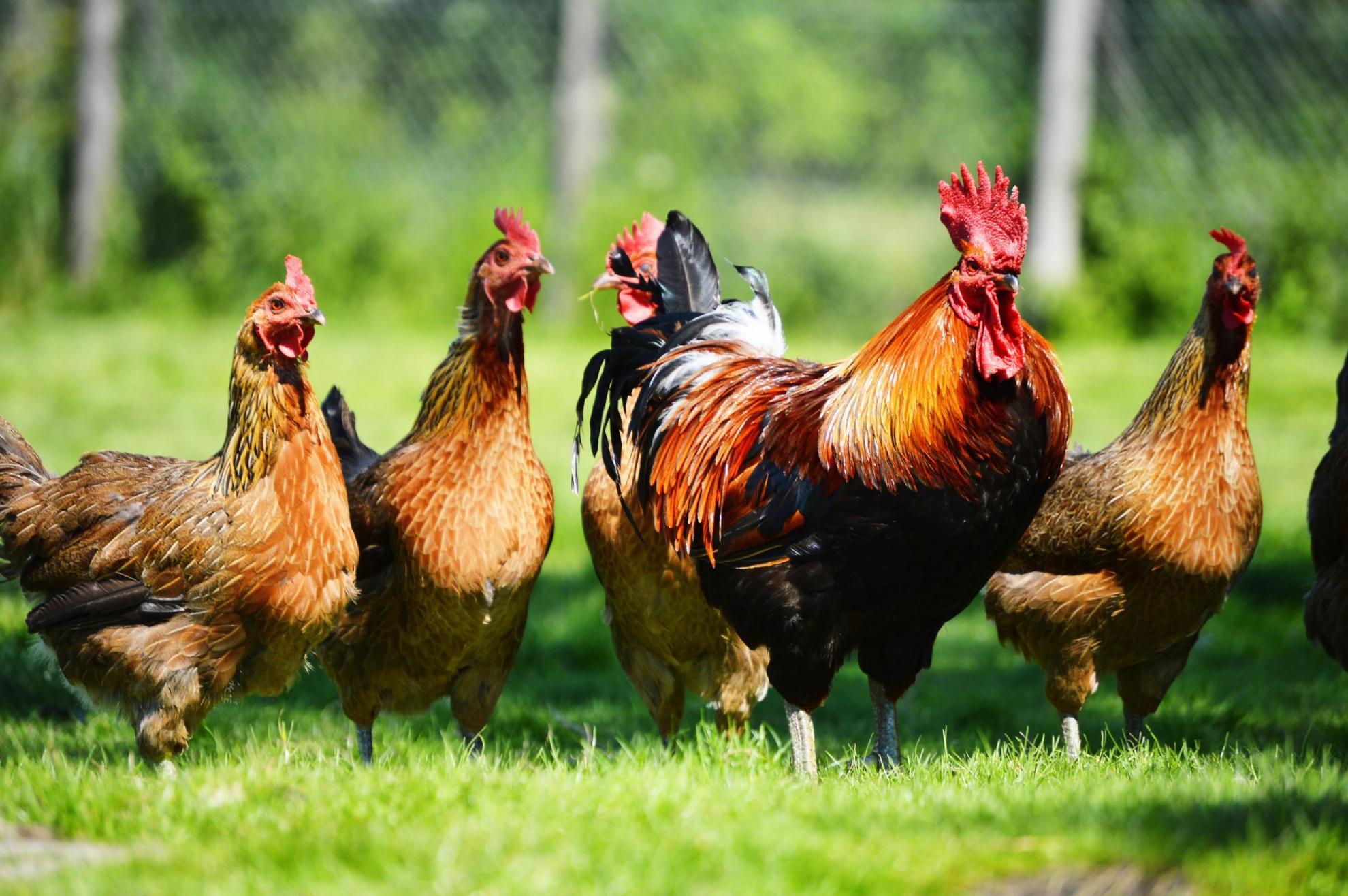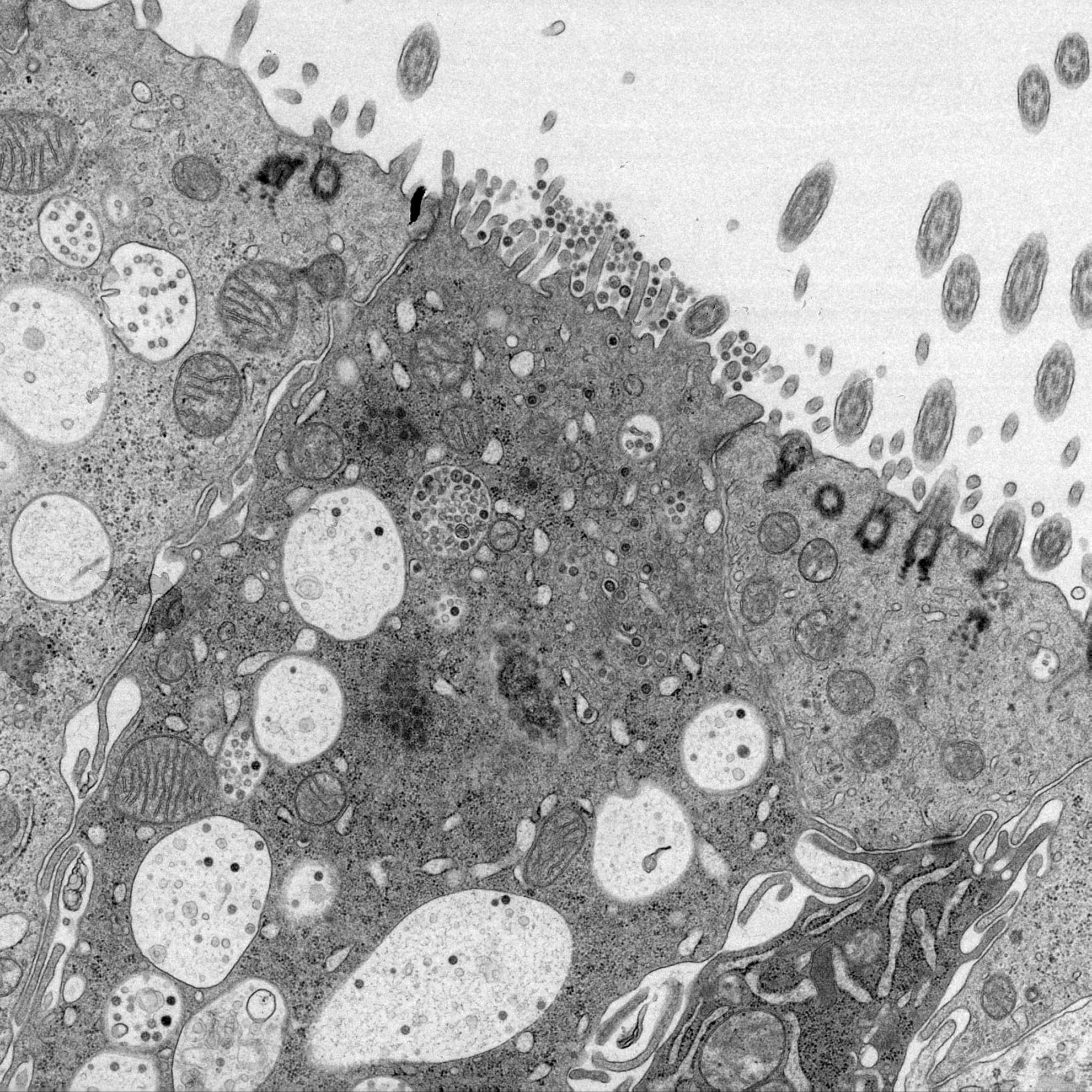Comparative analysis of gene expression in virulent and attenuated strains of infectious bronchitis virus at subcodon resolution
Like all coronaviruses, avian infectious bronchitis virus (IBV) possesses a long, single-stranded, positive-sense RNA genome ( approximately 27 kb) and has a complex replication strategy that includes the production of a nested set of subgenomic mRNAs (sgmRNAs). Here, we used whole-transcriptome sequencing (RNASeq) and ribosome profiling (RiboSeq) to delineate gene expression in the IBV M41-CK and Beau-R strains at subcodon resolution. RNASeq facilitated a comparative analysis of viral RNA synthesis and revealed two novel transcription junction sites in the attenuated Beau-R strain, one of which would generate a sgmRNA encoding a ribosomally occupied open reading frame (dORF) located downstream of the nucleocapsid coding region. RiboSeq permitted quantification of the translational efficiency of virus gene expression and identified, for the first time, sites of ribosomal pausing on the genome. Quantification of reads flanking the programmed ribosomal frameshifting (PRF) signal at the genomic RNA ORF1a/ORF1b junction revealed that PRF in IBV is highly efficient (33 to 40%). Triplet phasing of RiboSeq data allowed precise determination of reading frames and revealed the translation of two ORFs (ORF4b and ORF4c on sgmRNA IR), which are widely conserved across IBV isolates. Analysis of differential gene expression in infected primary chick kidney cells indicated that the host cell response to IBV occurs primarily at the level of transcription, with global upregulation of immune-related mRNA transcripts following infection and comparatively modest changes in the translation efficiencies of host genes. Cellular genes and gene networks differentially expressed during virus infection were also identified, giving insights into the host cell response to IBV infection. IMPORTANCE IBV is a major avian pathogen and presents a substantial economic burden to the poultry industry. Improved vaccination strategies are urgently needed to curb the global spread of this virus, and the development of suitable vaccine candidates will be aided by an improved understanding of IBV molecular biology. Our high-resolution data have enabled a precise study of transcription and translation in cells infected with both pathogenic and attenuated forms of IBV and expand our understanding of gammacoronaviral gene expression. We demonstrate that gene expression shows considerable intraspecies variation, with single nucleotide polymorphisms being associated with altered production of sgmRNA transcripts, and our RiboSeq data sets enabled us to uncover novel ribosomally occupied ORFs in both strains. The numerous cellular genes and gene networks found to be differentially expressed during virus infection provide insights into the host cell response to IBV infection.

